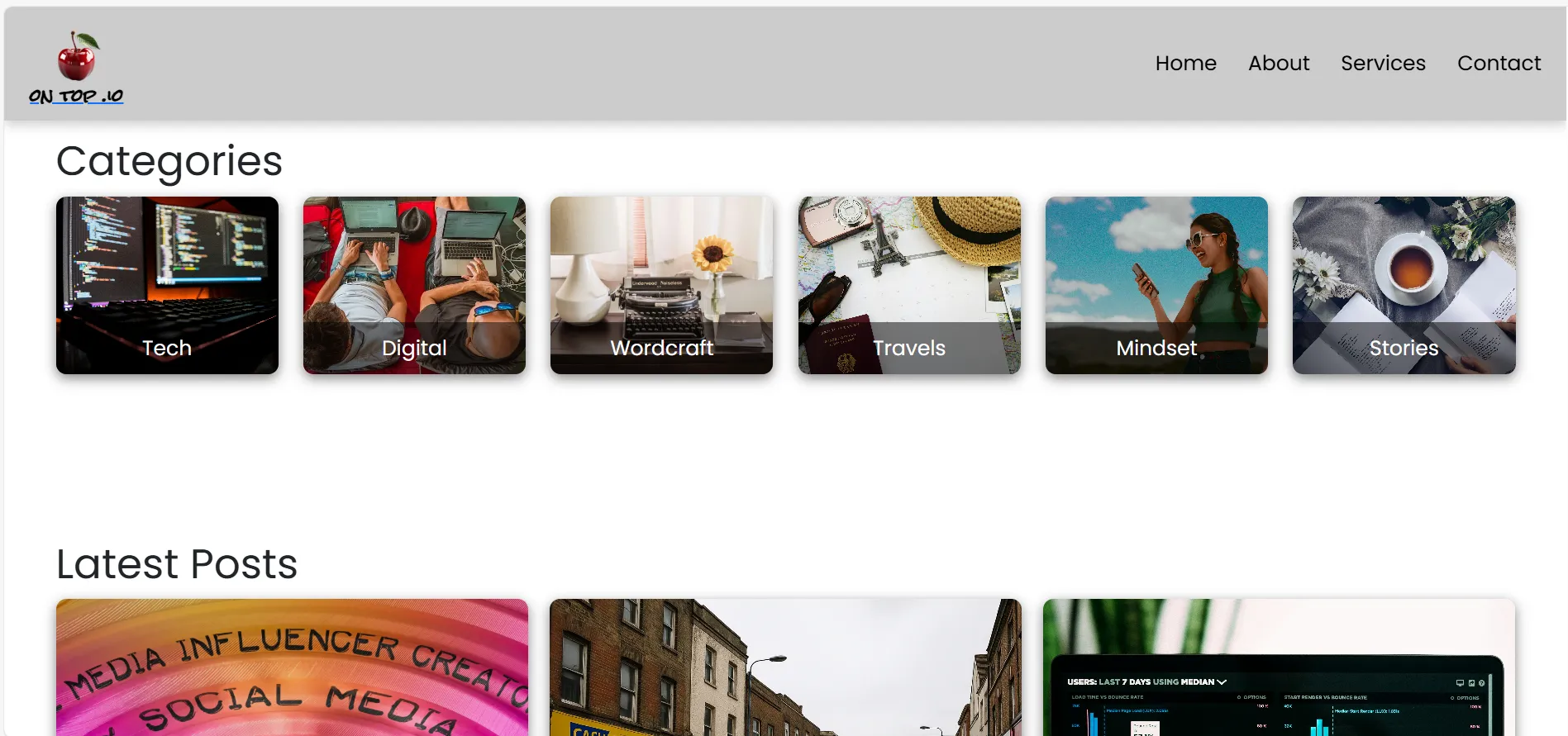In an era where consumers are overwhelmed with choices, emotional connections have become the foundation of successful branding. Storytelling is not just a marketing tool—it is a psychological mechanism that fosters trust, loyalty, and engagement.
The Science of Emotional Connection
Humans are wired to respond to stories. Neuroscience shows that narratives activate multiple areas of the brain, including those responsible for emotions and empathy. When a brand tells a compelling story, it taps into the limbic system—the part of the brain that processes emotions, making customers feel connected on a deeper level.
Studies indicate that emotionally driven marketing is significantly more effective than logical advertising. Customers don’t just buy products; they invest in experiences, beliefs, and identities that resonate with their personal values.
Why Storytelling Matters in Branding
Storytelling transforms a company from being a mere provider of goods into an entity with purpose and meaning. Consider iconic brands like Nike or Disney—their advertisements focus on *personal triumph* and *magical experiences*, creating emotional narratives that customers want to be part of.
Key Elements of Powerful Brand Storytelling
To build a strong emotional connection, brands must master the art of storytelling by incorporating these essential elements:
- Authenticity – Genuine, transparent stories create trust.
- Emotional Triggers – Stories should evoke feelings such as happiness, nostalgia, or inspiration.
- Relatability – Customers engage with narratives that reflect their own aspirations or struggles.
- Hero’s Journey Framework – A compelling storyline follows a challenge, struggle, and ultimate success.
- Visual & Sensory Appeal – Images, colors, and music enhance emotional engagement.
Examples of Brands Using Emotional Storytelling
Coca-Cola – Their advertisements rarely focus on the drink itself but rather on *happiness, togetherness, and special moments*.
Apple – Apple’s branding centers around *innovation and creativity*, making users feel part of a movement rather than just purchasing technology.
Patagonia – This outdoor brand connects deeply with environmental causes, making customers feel *they’re contributing to a greater good* when buying their products.
Final Thoughts
Emotional connection through storytelling is no longer an option—it’s a necessity for brands aiming to build lasting relationships with their audience. Consumers remember how a brand makes them *feel*, not just the features of its products. Businesses that craft meaningful, authentic stories position themselves not just as companies, but as *part of their customers’ lives and aspirations*.
Read more in my miniseries:
- The Psychology Behind Successful Branding, Content, and Visual Storytelling
- The Power of First Impressions & Cognitive Bias in Branding
- Emotional Connection & Storytelling Psychology in Branding
- Persuasion Techniques & Behavioral Triggers in Branding
- Visual Storytelling & Symbolic Messaging in Branding




